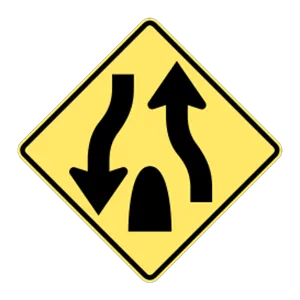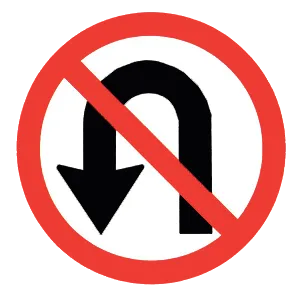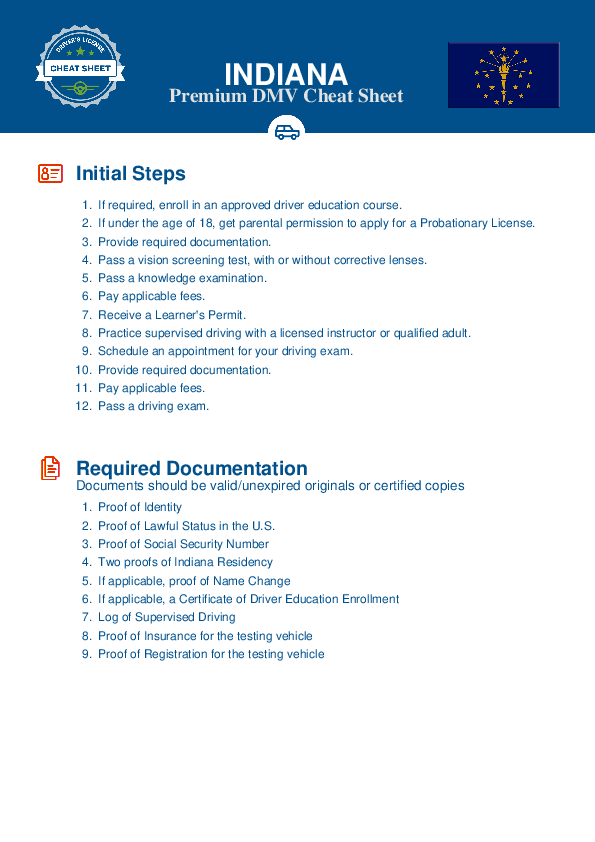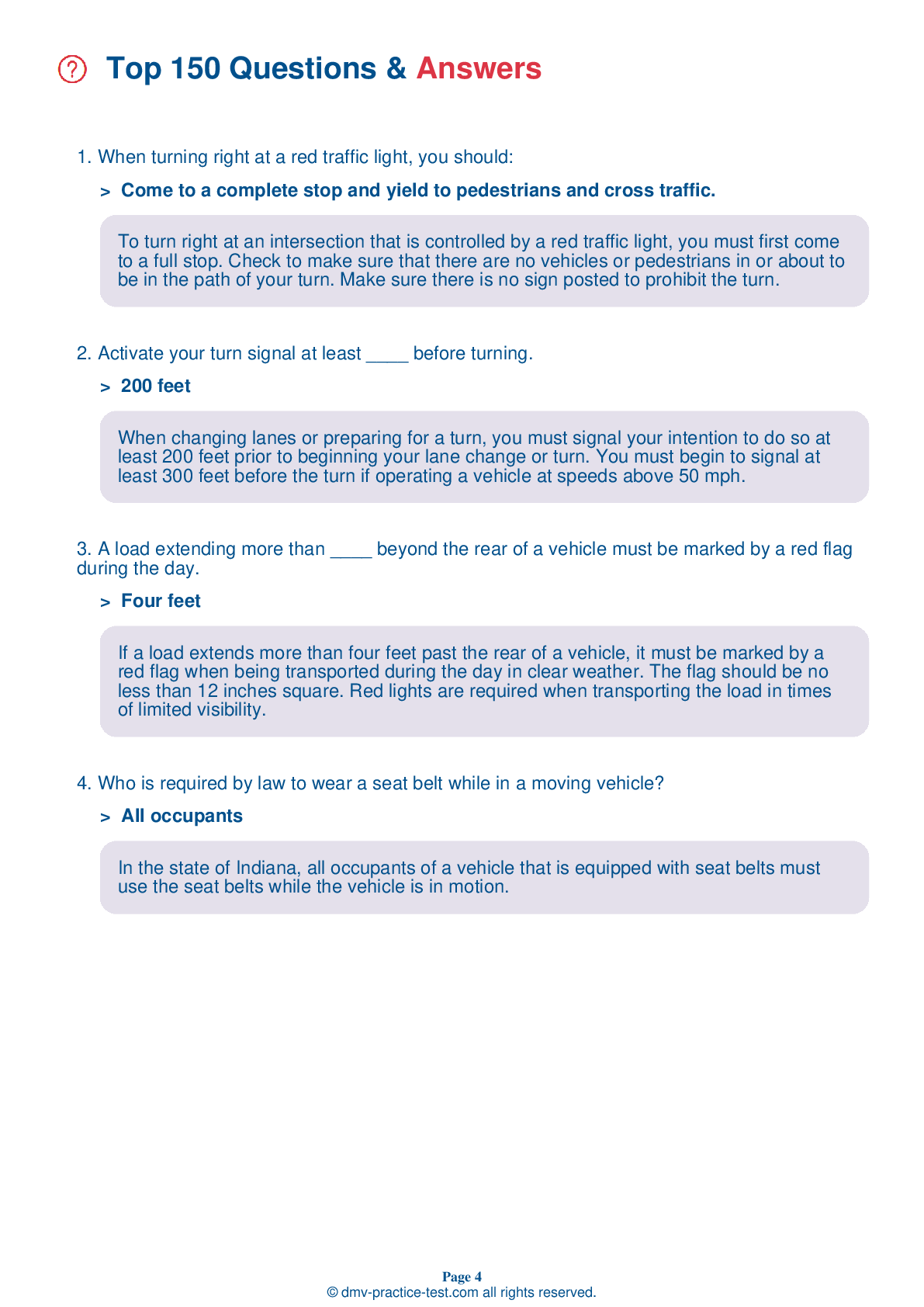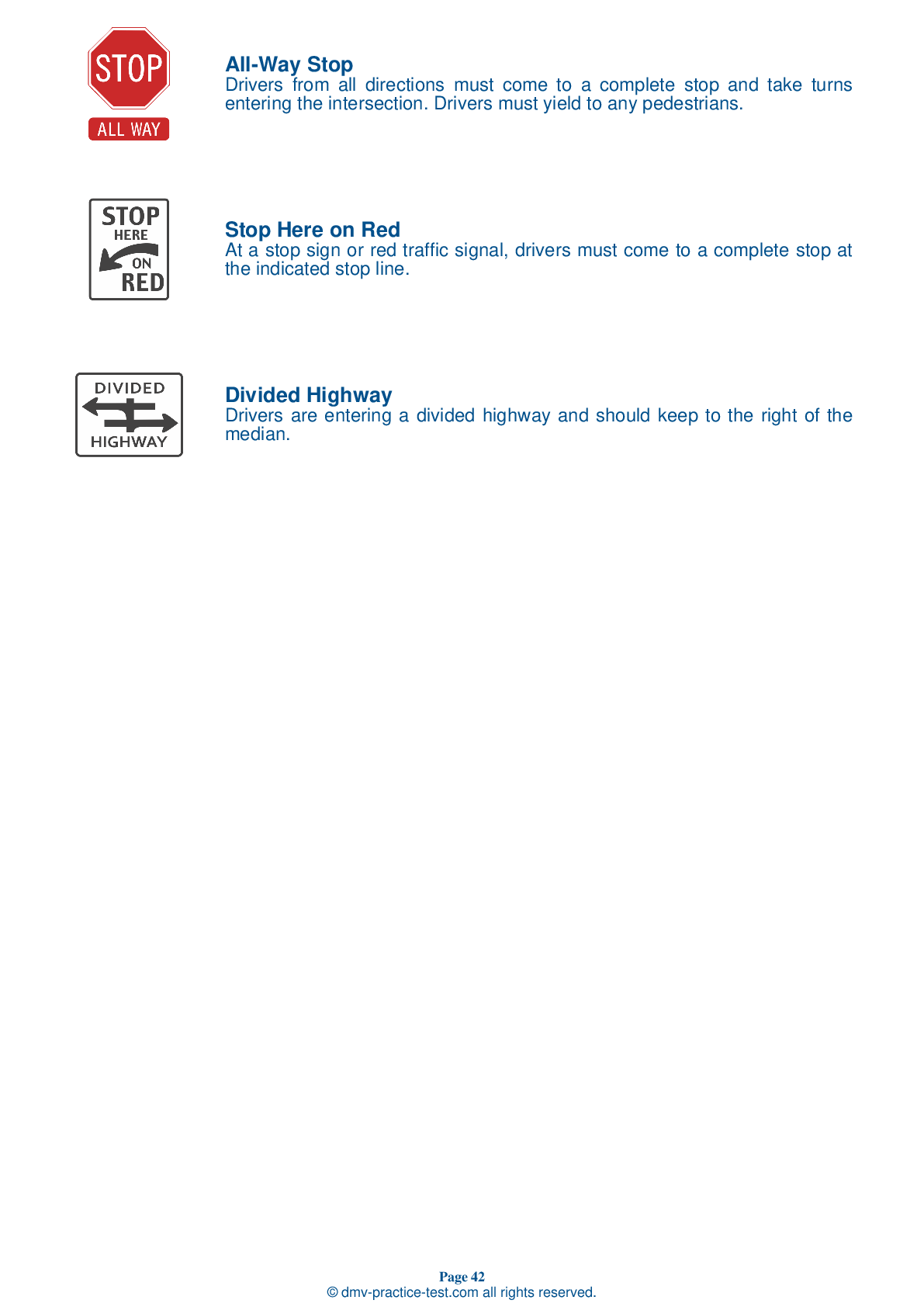FREE Indiana DMV Practice Test #17 Page 5 of 5
This set of Indiana DMV practise tests has been updated for January 2025. It includes questions based on the Indiana Driver Handbook's most significant traffic signals and laws for 2025. Use actual questions that are very similar (often identical!) to the DMV driving permit test and driver's licence exam to study for the DMV driving permit test and driver's licence exam.
On the practise exam, each question gets a tip and explanation to help you remember the concepts. The written component of the official Indiana DMV test will include questions about traffic rules, traffic signs, and driving statutes, as well as information from the Driver Handbook.
To obtain a passing grade, you must correctly answer 44 of the 50 questions. Take our DMV practise exam to help you prepare for your Indiana instruction permit or driver's licence.
The DMV exam is available in several languages.
Using any kind of testing assistance will result in an automatic fail, and the DMV may take additional action against your driver's licence, so stay away from it.
39 . A solid white line down the center of a two-lane road indicates:
White lines are used to separate traffic moving in the same direction. Solid lines indicate that drivers are not permitted to pass.
41 . This sign means:
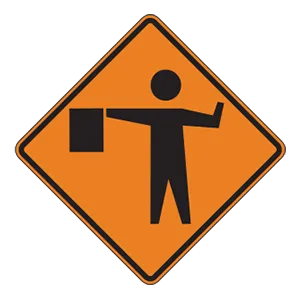
Construction zones pose dangers to both drivers and construction workers. Orange highway construction signs warn drivers to be careful when encountering construction zones. This sign tells drivers that a flagger is ahead and will be giving directions that should be followed.
42 . You come to an intersection displaying a flashing red light. You should:
A flashing red traffic light has the same meaning as a stop sign. You must stop, yield the right-of-way, and go once it is safe.
43 . This sign means:
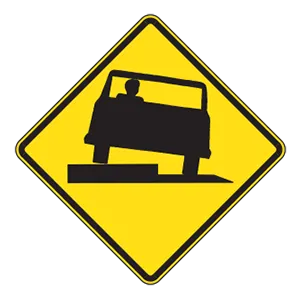
Warning signs prepare drivers for upcoming road conditions and hazards and are usually yellow with black markings. This sign alerts drivers to an upcoming shoulder that is lower than the paved road.
44 . The effect that alcohol has on your reflexes and judgment:
Consuming any type of alcohol can have negative effects on your reflexes and judgment. It does not matter which type of alcohol is consumed, only how much alcohol has entered a person's bloodstream.
45 . This sign means:
